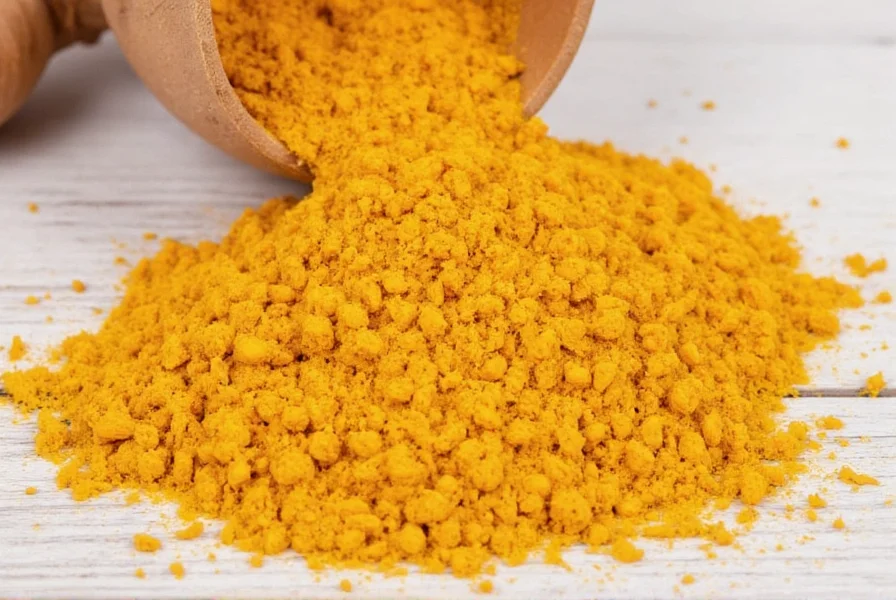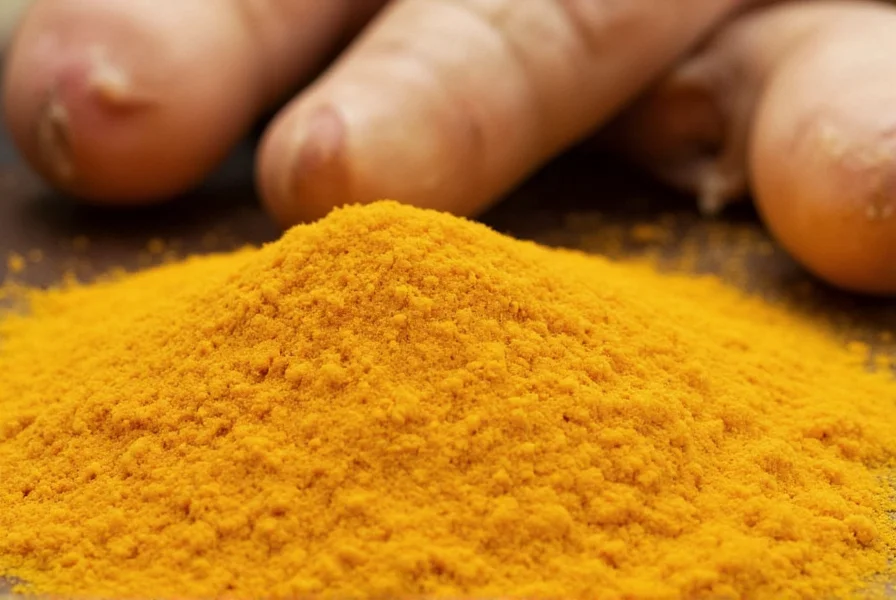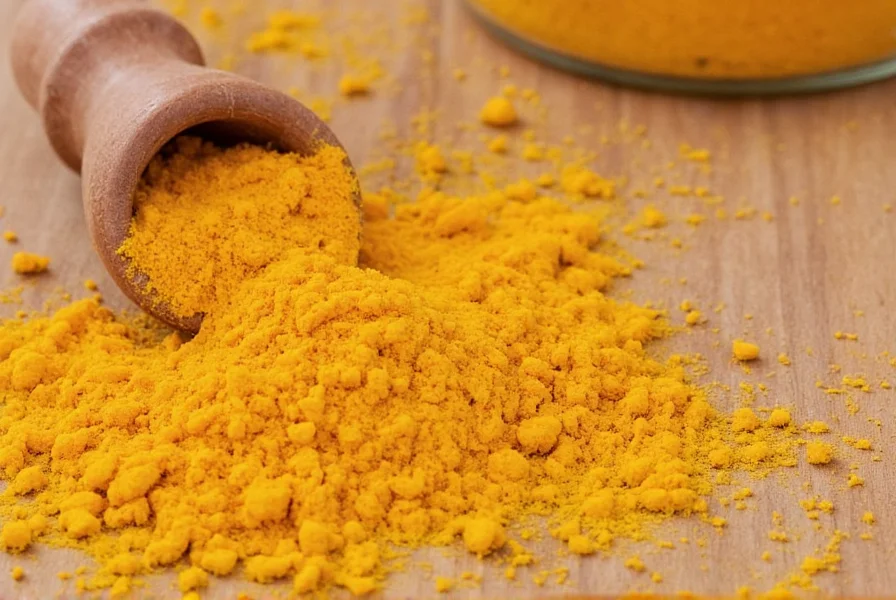When searching for information about this popular spice in Spanish contexts, understanding the correct terminology is essential. The direct translation of turmeric to Spanish is 'cúrcuma,' a term used consistently throughout Spain and Latin America. This knowledge proves valuable whether you're navigating Spanish-language recipes, shopping in Latin markets, or discussing health benefits with Spanish-speaking communities.
Understanding Cúrcuma: More Than Just a Translation
While 'cúrcuma' is the accurate Spanish term for turmeric, many people confuse it with 'azafrán' (saffron) due to their similar vibrant colors. This confusion can lead to significant differences in culinary results and health benefits, as these are distinctly different spices with unique properties.

Pronunciation Guide for Spanish Learners
Proper pronunciation matters when communicating about 'cúrcuma' in Spanish-speaking environments:
- Standard Spanish: koor-KOO-mah (with the stress on the second syllable)
- Latin American variation: koor-KOO-ma (often dropping the final 'h' sound)
- Mexican Spanish: koor-KOO-mah (with a slightly softer 'r' sound)
Unlike English where 'turmeric' is sometimes mispronounced as 'tumeric' (too-mer-ik), Spanish maintains consistent pronunciation rules that make 'cúrcuma' relatively straightforward once you know the correct stress pattern.
Common Confusions: Cúrcuma vs. Azafrán
One of the most frequent misunderstandings involves confusing 'cúrcuma' with 'azafrán' (saffron). While both provide yellow coloring, they differ significantly:
| Characteristic | Cúrcuma (Turmeric) | Azafrán (Saffron) |
|---|---|---|
| Source | Root of Curcuma longa plant | Stigmas of Crocus sativus flower |
| Price | Affordable (common spice) | Extremely expensive (world's costliest spice) |
| Flavor Profile | Earthy, slightly bitter, warm | Floral, honey-like, delicate |
| Color Strength | Moderate yellow coloring | Intense yellow-orange coloring |
| Common Uses | Curries, golden milk, traditional medicine | Paella, bouillabaisse, risotto |
Cultural Context of Cúrcuma in Spanish-Speaking Regions
Though turmeric originates from Southeast Asia, 'cúrcuma' has gained significant popularity across Spanish-speaking countries in recent years. In Mexico and Central America, it's increasingly used in traditional healing practices similar to its role in Ayurvedic medicine. Many Hispanic communities have incorporated 'cúrcuma' into their wellness routines, often referring to it as 'la especia dorada' (the golden spice).
In Spain, 'cúrcuma' appears more frequently in contemporary cuisine as awareness of its health benefits grows. You'll find it in modern tapas recipes, golden lattes in urban cafés, and as a natural food coloring alternative to artificial additives.

Practical Applications: Using 'Cúrcuma' Correctly
When searching for Spanish-language resources about turmeric, using the correct term 'cúrcuma' yields significantly better results than direct translations or misspellings. For those exploring Spanish recipes with turmeric, look for phrases like:
- 'Leche dorada con cúrcuma' (golden milk with turmeric)
- 'Arroz con cúrcuma' (rice with turmeric)
- 'Beneficios de la cúrcuma' (benefits of turmeric)
Understanding regional variations matters too. In some Caribbean communities, you might hear 'falsa azafrán' (false saffron) referring to turmeric, though 'cúrcuma' remains the standard term in written materials and formal contexts.
Scientific and Medicinal References in Spanish
When researching turmeric's health benefits in Spanish-language scientific literature, you'll consistently find 'cúrcuma' as the standard term. Studies examining curcumin (the active compound in turmeric) appear as 'curcumina' in Spanish medical journals. This consistency makes 'cúrcuma' the reliable term for accurate information retrieval across Spanish-speaking academic and medical communities.
Frequently Asked Questions
Is cúrcuma the same as azafrán in Spanish?
No, cúrcuma (turmeric) and azafrán (saffron) are completely different spices. While both provide yellow coloring to foods, they come from different plants, have distinct flavors, and vary dramatically in price. Cúrcuma is significantly more affordable and has a stronger earthy flavor compared to the delicate floral notes of azafrán.
How do you pronounce cúrcuma correctly in Spanish?
Cúrcuma is pronounced koor-KOO-mah in standard Spanish, with the emphasis on the second syllable. In many Latin American countries, the final 'h' sound is softer or nearly silent, making it sound like koor-KOO-ma. The 'c' before 'u' makes a 'k' sound, unlike in English where 'c' in 'curcuma' would be pronounced differently.
Can I use cúrcuma as a substitute for azafrán in Spanish recipes?
While cúrcuma can provide similar yellow coloring to azafrán (saffron) in recipes, it's not a perfect substitute due to significant flavor differences. Cúrcuma has a stronger, earthier taste that can overpower delicate dishes like paella where saffron's floral notes are essential. In a pinch for coloring purposes only, use about 1/4 teaspoon of cúrcuma for each pinch of azafrán required.
Where can I find cúrcuma in Spanish-speaking countries?
In most Spanish-speaking countries, you can find cúrcuma in the spice section of supermarkets, local markets, and tiendas (specialty Hispanic grocery stores). Look for it labeled as 'cúrcuma' in either powdered form or, less commonly, as fresh root. In some regions, particularly in Mexico and Central America, you might also find it in natural health stores marketed for traditional wellness practices.
What are common Spanish phrases using cúrcuma?
Common Spanish phrases include 'leche dorada con cúrcuma' (golden milk with turmeric), 'arroz amarillo con cúrcuma' (yellow rice with turmeric), and 'beneficios para la salud de la cúrcuma' (health benefits of turmeric). In wellness contexts, you might hear 'antiinflamatorio natural' (natural anti-inflammatory) associated with cúrcuma in Spanish-language health discussions.











 浙公网安备
33010002000092号
浙公网安备
33010002000092号 浙B2-20120091-4
浙B2-20120091-4